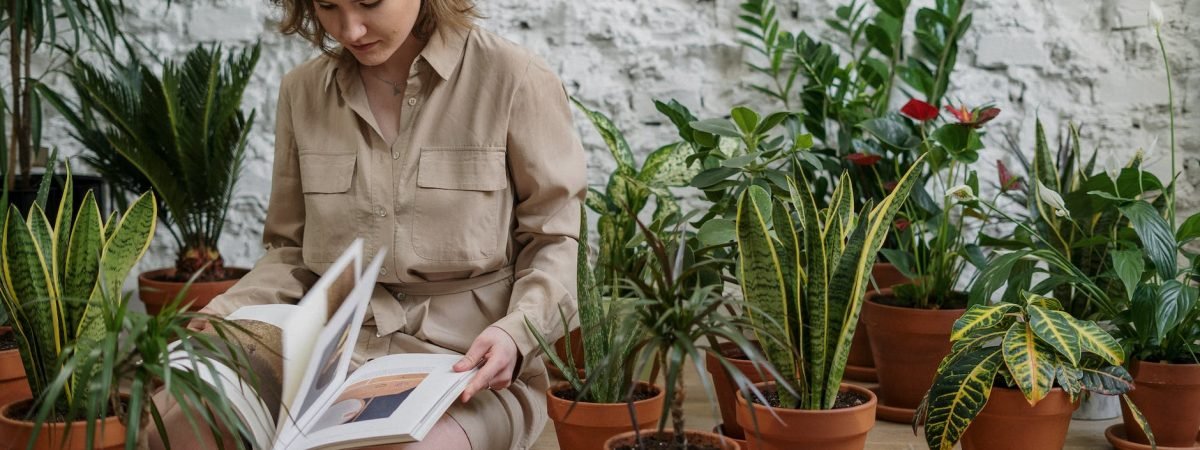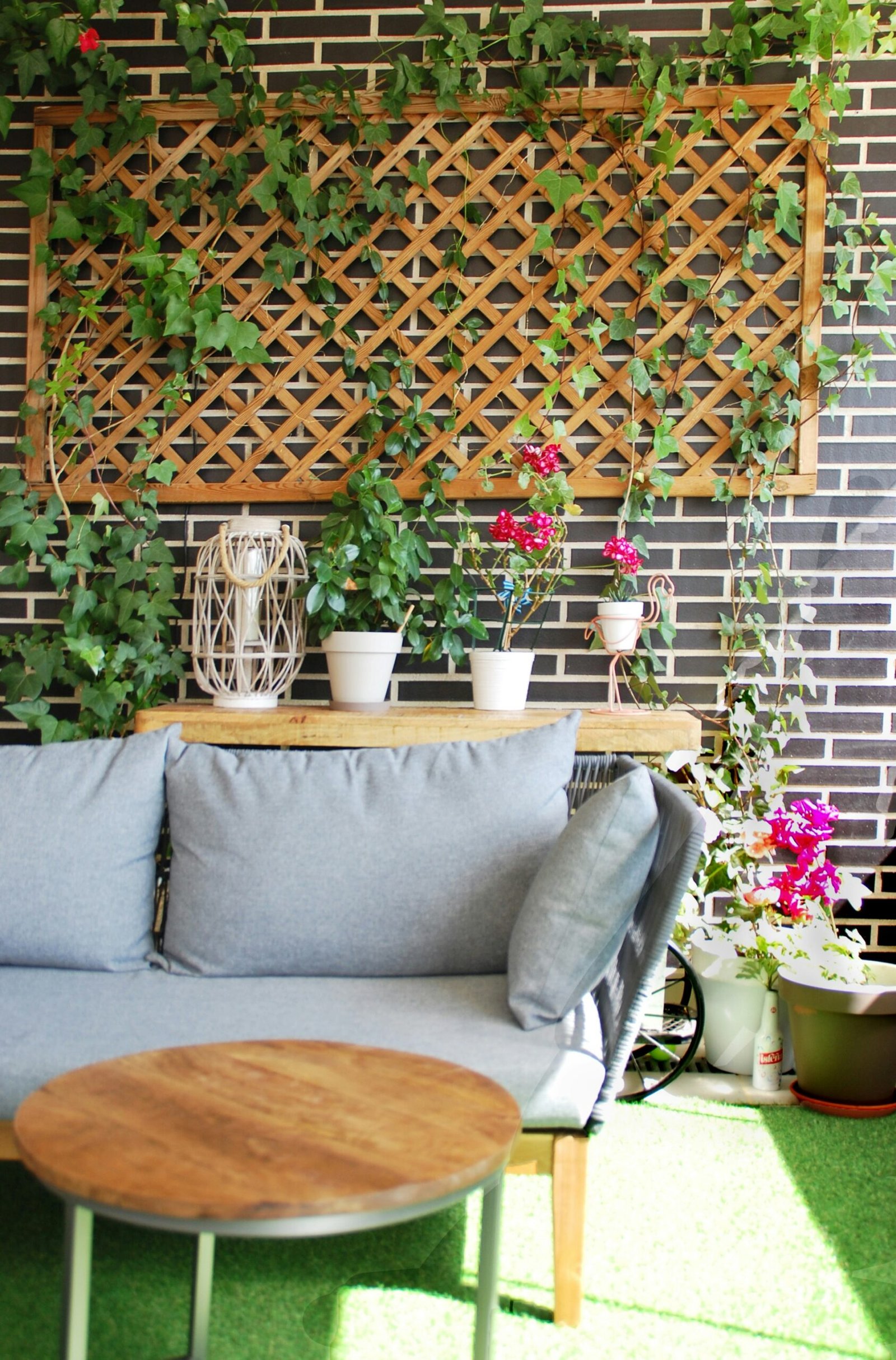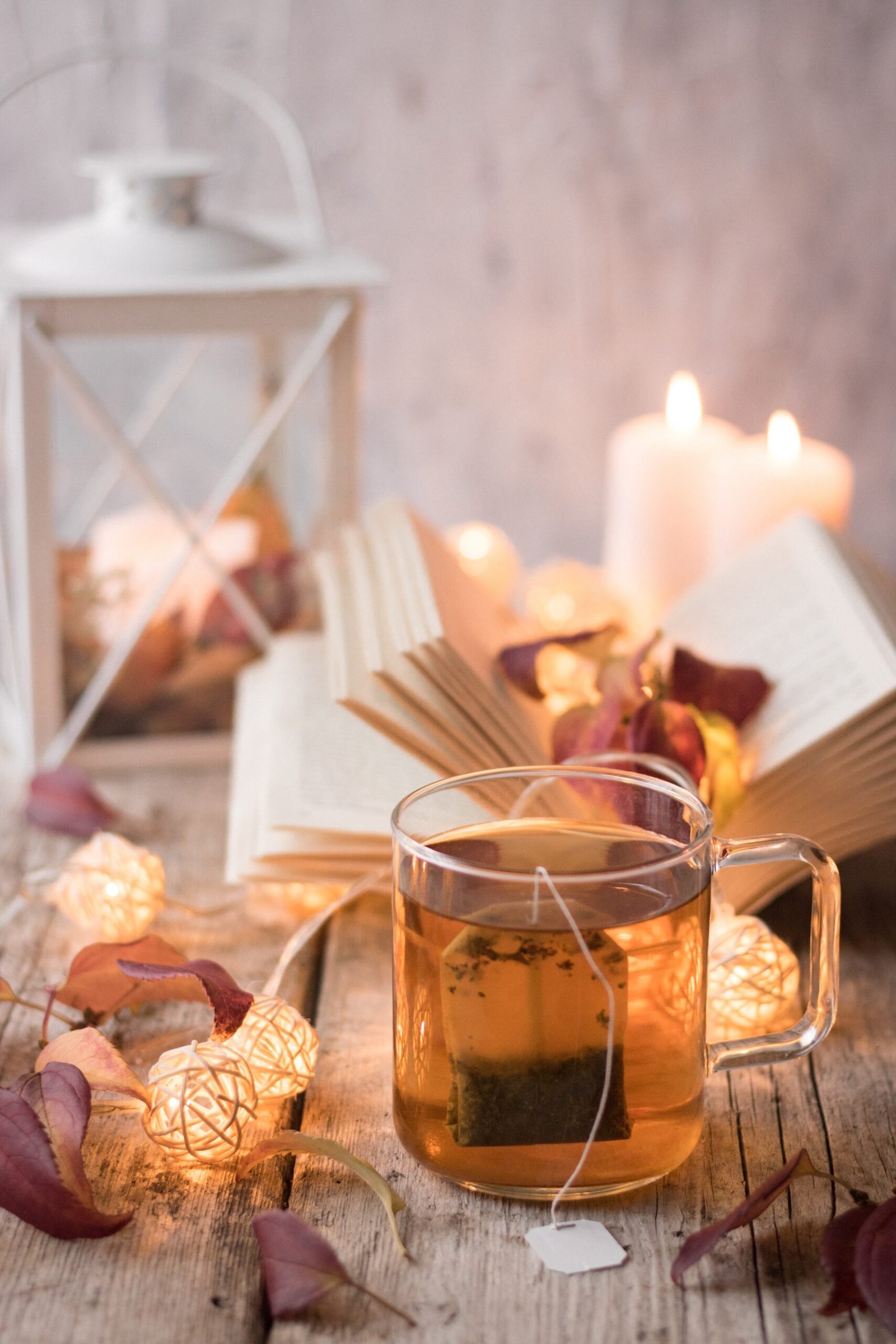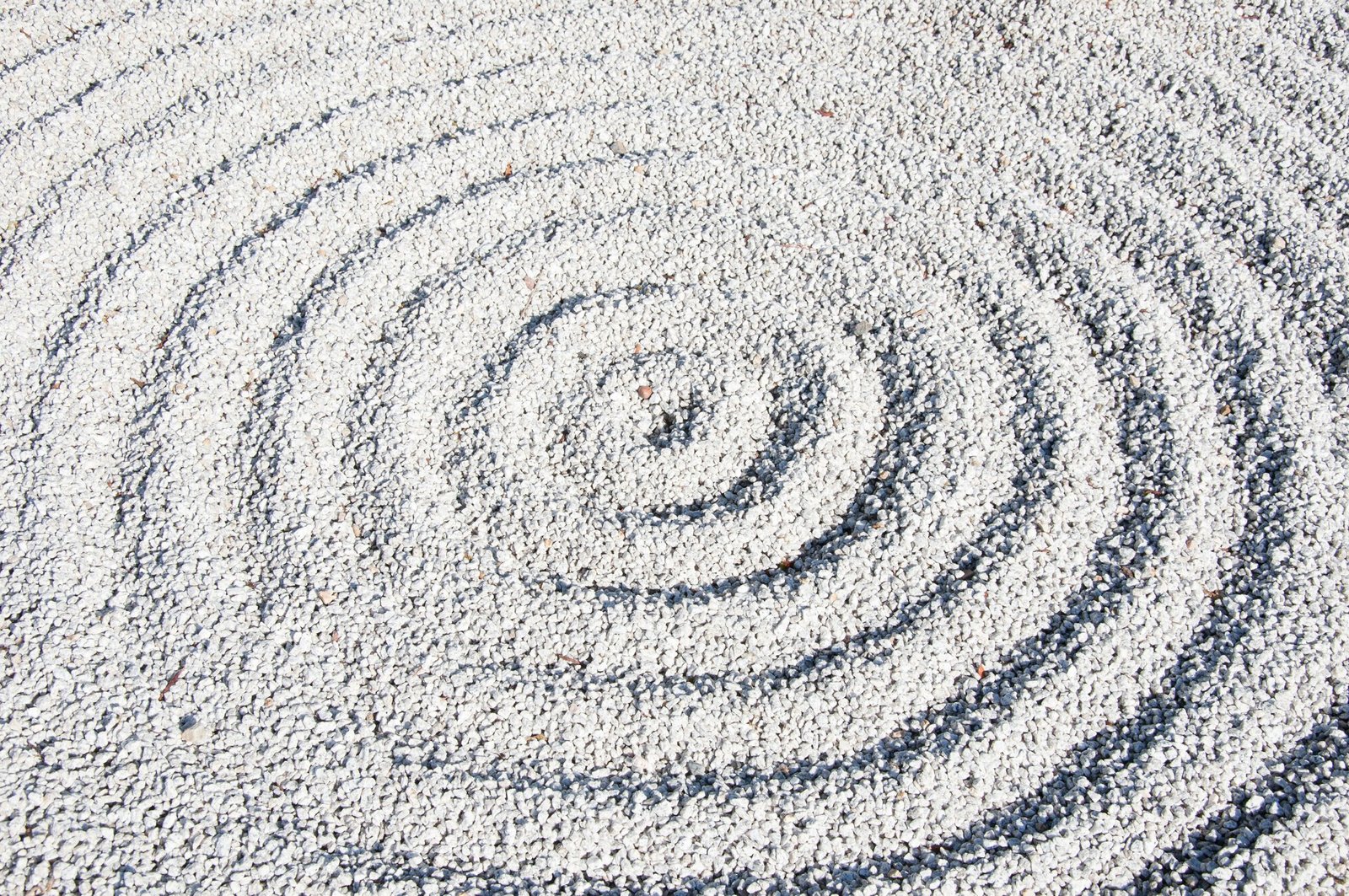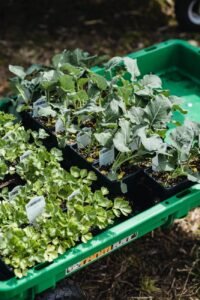Are you longing for the beauty of nature but don’t have access to a garden? Don’t worry, because indoor gardening is here to save the day! Whether you live in a small apartment or a house with limited outdoor space, you can still enjoy the benefits of gardening by bringing the outdoors inside. In this guide, we will walk you through the basics of indoor gardening and show you how to create your own green oasis.
Choose the Right Plants
When it comes to indoor gardening, not all plants are created equal. Some plants thrive in low-light conditions, while others require bright, direct sunlight. Before you start, it’s important to choose plants that are suitable for your indoor environment. Here are a few popular options:
- Succulents: These hardy plants are perfect for beginners. They come in a variety of shapes and sizes and require minimal care.
- Herbs: Grow your own herbs like basil, mint, and rosemary for a fresh and flavorful addition to your cooking.
- Ferns: If you have a shady corner, ferns are a great choice. They thrive in low-light conditions and add a touch of elegance to any room.
- Spider plants: These plants are known for their air-purifying qualities. They are easy to care for and can tolerate a wide range of conditions.
Provide Adequate Light
Light is essential for the growth of indoor plants. While some plants can survive in low-light conditions, most of them require at least a few hours of direct sunlight each day. If you don’t have access to natural light, you can use artificial lighting options such as fluorescent or LED grow lights. Place the lights close to the plants to mimic the intensity of sunlight.
Watering and Humidity
Proper watering is crucial for the health of your indoor plants. Overwatering can lead to root rot, while underwatering can cause the plants to wither. The key is to find the right balance. Before watering, check the moisture level of the soil by sticking your finger about an inch deep. If it feels dry, it’s time to water. Be sure to use room-temperature water and avoid getting the leaves wet, as this can lead to fungal diseases.
In addition to watering, maintaining the right humidity level is important for certain plants. You can increase humidity by placing a tray of water near your plants or using a humidifier.
Choose the Right Containers
When it comes to containers, there are a few things to consider. Make sure the containers have drainage holes to prevent water from pooling at the bottom. This will help prevent root rot. Choose containers that are the right size for your plants, allowing room for growth. You can get creative with your containers by using repurposed items such as mason jars, tin cans, or even old teacups. Just make sure to provide adequate drainage.
Fertilizing and Pruning
Indoor plants need regular feeding to stay healthy and vibrant. Use a balanced, water-soluble fertilizer and follow the instructions on the packaging. Be careful not to over-fertilize, as this can burn the roots. In addition to fertilizing, regular pruning is necessary to promote bushier growth and remove any dead or yellowing leaves.
Pest Control
Just like outdoor plants, indoor plants can also fall victim to pests. Keep an eye out for common pests such as aphids, mealybugs, and spider mites. If you notice any signs of infestation, isolate the affected plant and treat it with an organic insecticide or a homemade solution such as neem oil.
Enjoy the Benefits
Indoor gardening not only adds beauty to your home but also offers numerous benefits for your well-being. Plants help purify the air, reduce stress levels, and improve concentration. They also create a sense of calm and relaxation. So, go ahead and bring the outdoors inside. Start your indoor gardening journey today and enjoy the wonders of nature right in the comfort of your own home.

